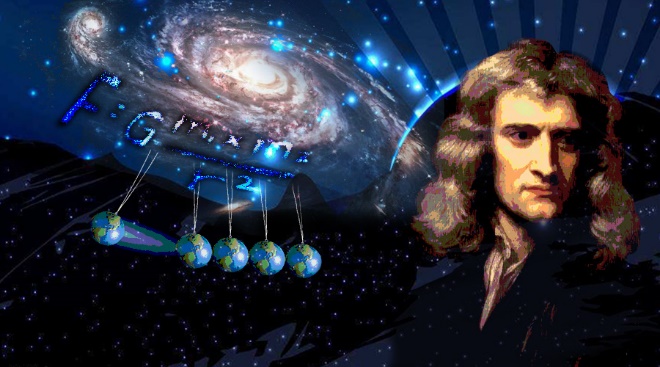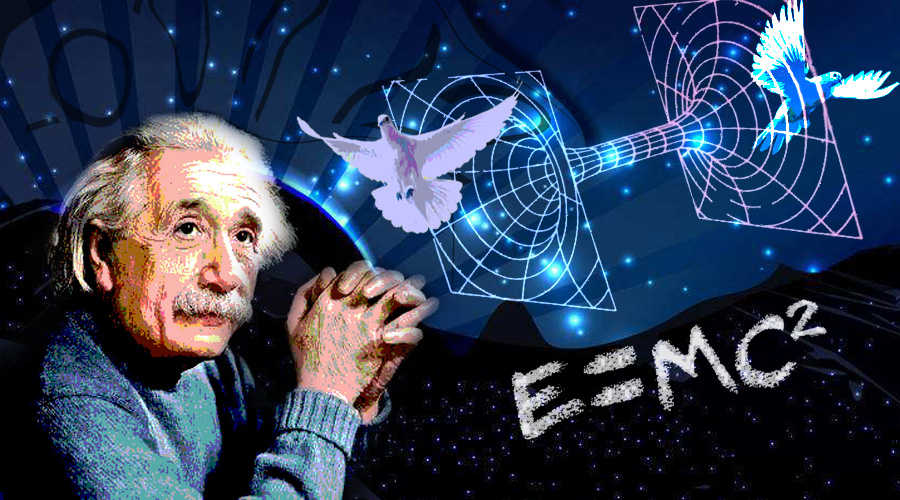A Measurement of Scientific Fame: Long Live the Scientists!
A joint study by WANG Guoyan (University of Science and Technology of China) and TANG Li (Fudan University) conducted a measurement of scientific fame, based on word frequency analysis of 126 million digital books and papers, depicting the trace of physicists' reputation in human history. The research reveals that the greatest minds are gone but not forgotten. Their scientific fame in human history and civilization can last for hundreds or even thousands of years, thus becoming part of the culture of science. This may be the highest level of recognition that scientists are pursuing. The study was freshly published in the Journal of Informetrics, the leading journal of this field of study, entitled Long live the scientists: Tracking the scientific fame of great minds in physics.
The publication and citation of papers is a most important acknowledgement of scientists and their influence in academia but, unfortunately, this is only a short-term recognition, limited to the academic community. Although supplementary data from the internet and social media try to improve this situation, it still does not amount to a widespread and lasting impression. As one of the most telling embodiments of knowledge, books have not captured sufficient attention in quantitative research evaluation. Therefore, as an attempt to measure the long-term influence of scientists and their contributions outside the academic circle, this study is based on 36 million books and 90 million academic papers, to test the word frequency of the full names of scientists in both Google Books and Google Scholar.
The comparison of Einstein and Newton as examples of great scientists is used to exemplify the measurement of scientific fame. It reveals that scientists have greater reputations in their home countries or among shared language communities. In British books, Newton has been mentioned more frequently than Einstein, while in books from Germany and the United States, Einstein, who was born in Germany but took American nationality after emigrating to the USA, is mentioned more than Newton. In general, Einstein's name is mentioned more than Newton’s from the watershed of 1948 in academia and from the 1970s in social books. Co-word analysis shows that Einstein is more mentioned together with relativity (28.1%) and quantum theory (16.9%), while Newton is more often mentioned with gravity (15.2%) and calculus (7.9%).

Newton(Image by Lei Chen and Siqi Gui)

Einstein(Image by Lei Chen and Siqi Gui)
Furthermore, a list of the most influential physicists in the 21st century shows that the top five most famous figures are Einstein, Planck, Newton, Pascal and Galileo. Nowadays, although early scientists such as Newton and Pascal have been unable to remain at the forefront of modern science, their contributions have become cornerstones of the modern scientific knowledge system. Their names, scientific achievements, scientific anecdotes (such as the story of Newton and the apple) and tenacious fighting spirit (such as the sixth-ranked Hawking) are still on the public’s lips in contemporary society.

Einstein, Planck, Newton, Pascal and Galileo(Image by Lei Chen and Siqi Gui)
The wheel of history is always moving forward with new developments emerging and old theories gradually fading away. Yet the study suggests the great minds live long intellectually. A scientist can only live several decades in physical form, but his contributions can live on in human history for hundreds or even thousands of years. Today when we talk about pioneers of science before the Christian era such as Aristotle, Euclid, and Archimedes, we find that these names have been written into history, respected and eulogized repeatedly by generations of newcomers. This may be the highest level of the meaning of life that scientists are pursuing.
The research was supported by the Korea Foundation of Advanced Studies, the National Social Science Fund of China and the Humanities and Social Sciences Fund of the Chinese Ministry of Education.
(Written by WANG Guoyan, edited by YE Zhenzhen, USTC News Center)
Back
